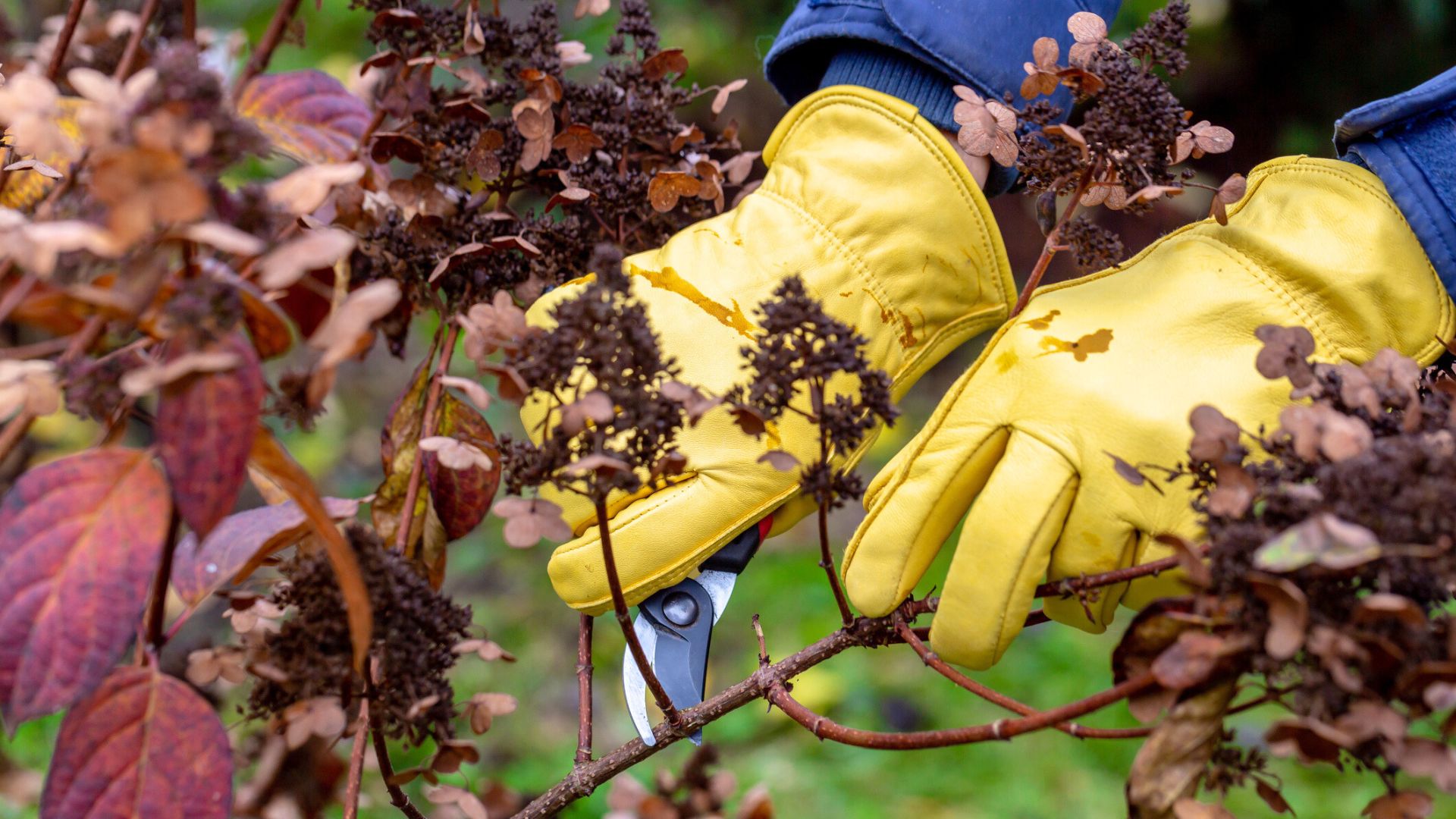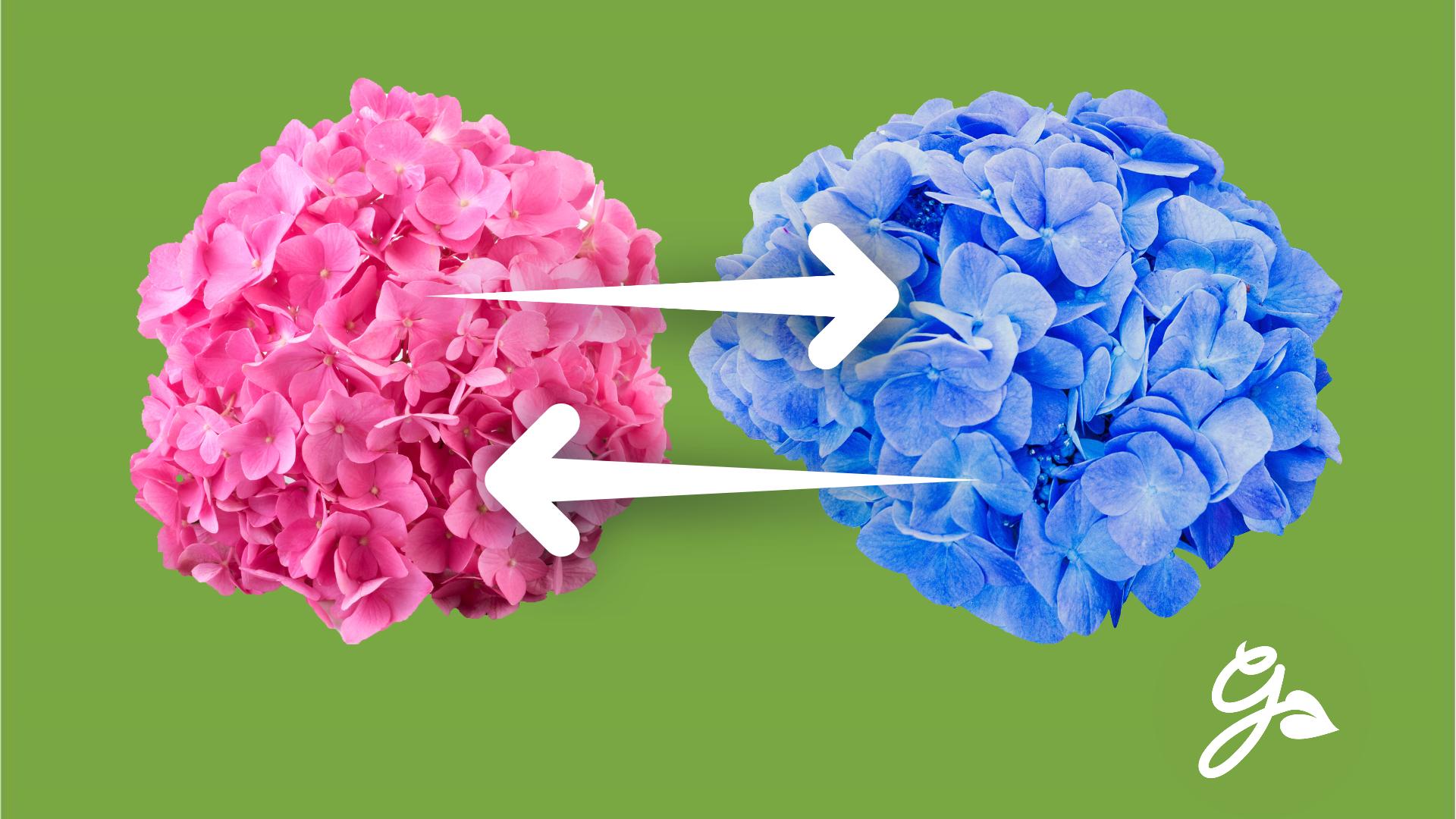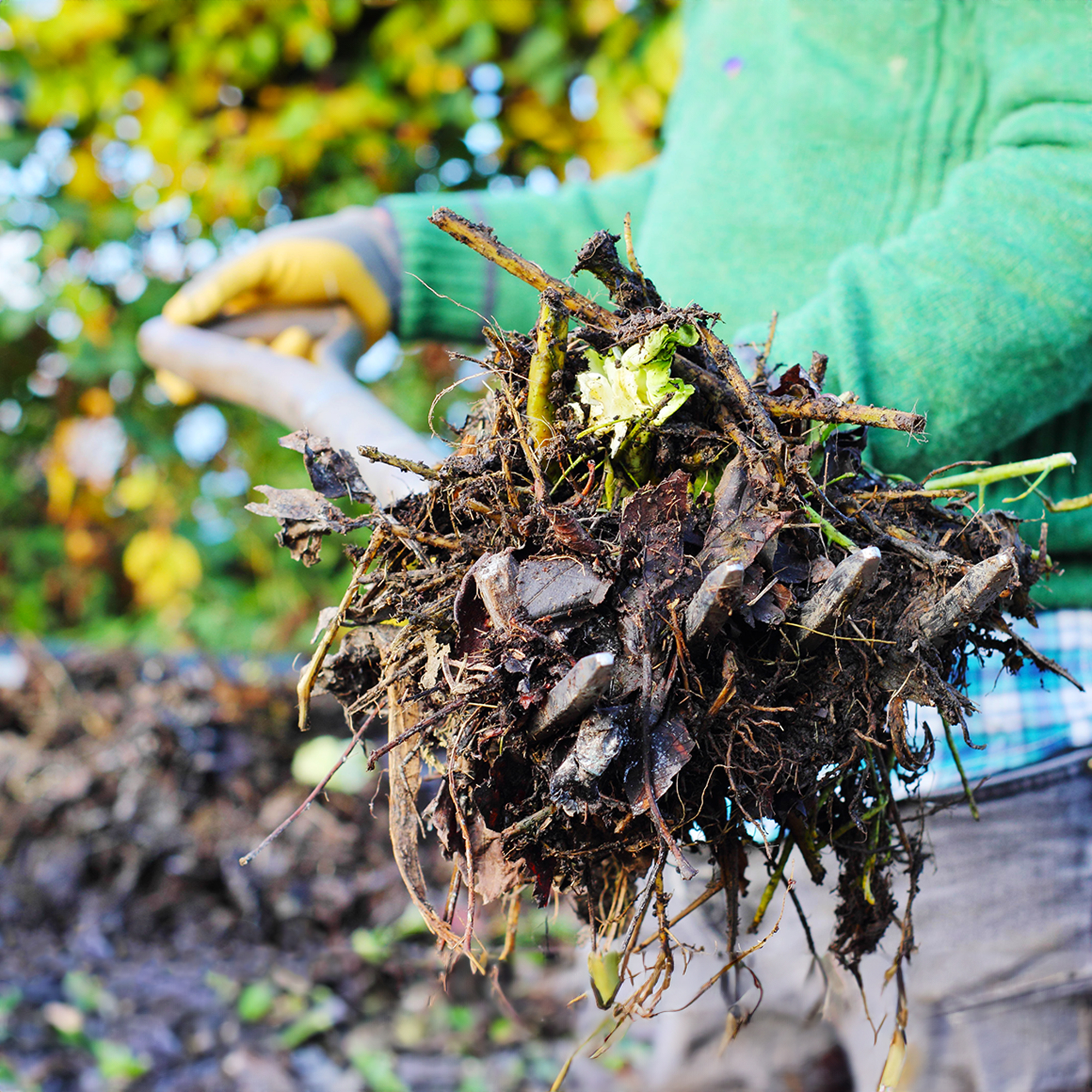Top 10 Questions About Hydrangeas


Here at Gardening Know How we get lots of questions, and our goal is to provide answers to those inquiries to the best of our knowledge. Hydrangea plants are a garden favorite offering spectacular beauty to the landscape. That said, they are not without their fair share of problems. The following information includes the 10 most commonly asked questions about hydrangea shrubs.
1. Why isn't my hydrangea blooming?
If your hydrangea isn't blooming, it's almost always because it only blooms on old growth. Some varieties bloom on new growth, and these hardly ever cause problems. Old growth varieties, however, can run into a number of issues. If you've pruned your plant too much, or if it's died back to the ground in the winter, it's not going to bloom this season. The plant is still okay, and it will grow just fine, but all its growth will be vegetative until next summer. The only thing you can do is wait.
2. How/when do you prune a hydrangea?
Hydrangea pruning varies depending upon the kind of plant you're growing. There are two major types of hydrangea - those that bloom on old growth and those that bloom on new growth. If your hydrangea blooms on old growth, you should prune it in summer or autumn after it has finished flowering. If it blooms on new growth, you should prune it in late winter or early spring before new buds set. Both kinds of hydrangea benefit from deadheading throughout the growing season to encourage more flower production.

3. How or when to transplant hydrangeas?
The best time to transplant a hydrangea is in late winter or early spring, when the plant is still dormant. Water your hydrangea thoroughly before moving, then use a shovel or spade to dig a ring around the root ball. You want to get as many roots as possible. Lift the root ball out of the soil and transplant it to a pre-dug hole in its new home. The goal is to keep the roots out of the ground as little as possible. Make sure the soil line is at the same level on the crown of the plant, and water it thoroughly and frequently for the next several weeks.
Gardening tips, videos, info and more delivered right to your inbox!
Sign up for the Gardening Know How newsletter today and receive a free copy of our e-book "How to Grow Delicious Tomatoes".
4. How do I protect and care for my outdoor hydrangeas in winter?
Many varieties of hydrangea are cold hardy, but they still benefit a lot from winter protection. If your hydrangea blooms on old growth, this is the best time to prune it. Don't cut it down to the ground, or you won't get any blossoms in the spring, but you can remove any dead or weak stems and trim the bush to the size you want. Build a protective cage by sinking four wooden stakes into the ground around the plant and wrapping it in chicken wire. Fill the cage with loose material like pine needles or oak leaves to provide a nice insulating layer. If you keep your hydrangeas in pots, the best thing to do is to bring them inside before the first frost.
5. How to care for hydrangea in pots?
Hydrangeas do well in pots, as long as they have adequate care. If you've received one as a gift, transplant it right away into a pot that's several inches wider and has good drainage. Give it lots of sun and frequent water. Potted hydrangeas do best if brought indoors for the winter, or at least kept in a protected but unheated garage or shed, where they should be mulched and watered a little once a month. It's alright if the plant freezes, but best if it stays frozen throughout the winter - lots of thawing and refreezing is bad for the roots.
6. How to propagate my hydrangea?
Hydrangeas almost never produce seeds, which means they need to be propagated from cuttings. In the fall, take a 6-inch cutting of new growth that has no flowers on it. Cut it just below a set of leaves. Remove all but the top two leaves, dip the cut end in rooting hormone, and sink it in damp potting medium. Place a plastic bag over the cutting, put it out of direct sunlight, and keep it moist. New roots and leaves should start to grow in two to four weeks.
7. Should the hydrangea flowers be deadheaded?
It's not necessary to deadhead hydrangea flowers. But it's not harmful, either, and it can keep the bushes looking nice. Feel free to remove spent blooms throughout the growing season. It's important to remember, however, just to cut off the flower head itself. If you cut farther down on the stem, you might be inadvertently removing buds and thwarting your plans for future flowers. Just snip off the spent blooms, taking care to leave the top set of leaves intact.
8. How to change color of my hydrangea flowers?
Hydrangea flowers come in different colors, but those colors are dependent upon soil makeup rather than plant variety. If a hydrangea has blue flowers, this means the soil it's planted in is high in aluminum or has a low pH. If a hydrangea has pink flowers, it's planted in soil that is low in aluminum or has a high pH. You should test your soil before making any adjustments if you want to change the hydrangea color. You can turn your hydrangeas blue by lowering the pH, or making the soil more acidic, with the addition of vinegar or an acid fertilizer. You can turn the flowers pink by raising the pH with lime or a phosphorus-heavy fertilizer.

9. How to grow hydrangeas in warm climates?
Hydrangeas can be grown in warm climates, but as a rule they don't like very hot weather. The best way to keep your hydrangeas happy in the heat of summer is to plant them in a spot where they receive some afternoon shade. It's true that hydrangeas like sun, but not as much as they like keeping cool. They also need lots of water, so you should irrigate them frequently and deeply, especially if they get lots of hot sun. If your summers are hot and moist, space them far apart to encourage airflow and prevent the development of fungus and disease.
10. Why does my hydrangea droop?
Hydrangeas love water (that's why they have "hydra" in their name. If your hydrangeas are constantly drooping, it's almost definitely because they're not getting enough moisture. Hydrangeas should be watered deeply at least once per week. If they're getting lots of direct sunlight, and especially if they're in containers, then the watering should be even more frequent. Newly planted hydrangeas also need more water than usual. If you just planted your bushes this summer, make sure to keep their soil nice and moist and put up a shield to protect them from the brightest afternoon sunlight. This should help keep them from drying out and give their roots a chance to grow and find their own moisture.
We all have questions now and then, whether long-time gardeners or those just starting out. So if you have a gardening question, get a gardening answer. We're always here to help.

The only child of a horticulturist and an English teacher, Liz Baessler was destined to become a gardening editor. She has been with Gardening Know how since 2015, and a Senior Editor since 2020. She holds a BA in English from Brandeis University and an MA in English from the University of Geneva, Switzerland. After years of gardening in containers and community garden plots, she finally has a backyard of her own, which she is systematically filling with vegetables and flowers.
-
 Grow ‘Karl Rosenfield’ Peony Plants For The Ultimate Frilly Border Beauties And Cut Flowers
Grow ‘Karl Rosenfield’ Peony Plants For The Ultimate Frilly Border Beauties And Cut FlowersFor frilly double magenta peony petals infused with a heady fragrance, grow ‘Karl Rosenfield’ peony plants. Here’s how to cultivate the ultimate plushy blooms
By Tonya Barnett
-
 10 Common Composting Problems That Can Spoil Your Garden Gold – Plus Easy Fixes
10 Common Composting Problems That Can Spoil Your Garden Gold – Plus Easy FixesLearn how to troubleshoot common composting issues before they ruin your stash – from bad smells and bugs to materials not breaking down as they should.
By Susan Albert